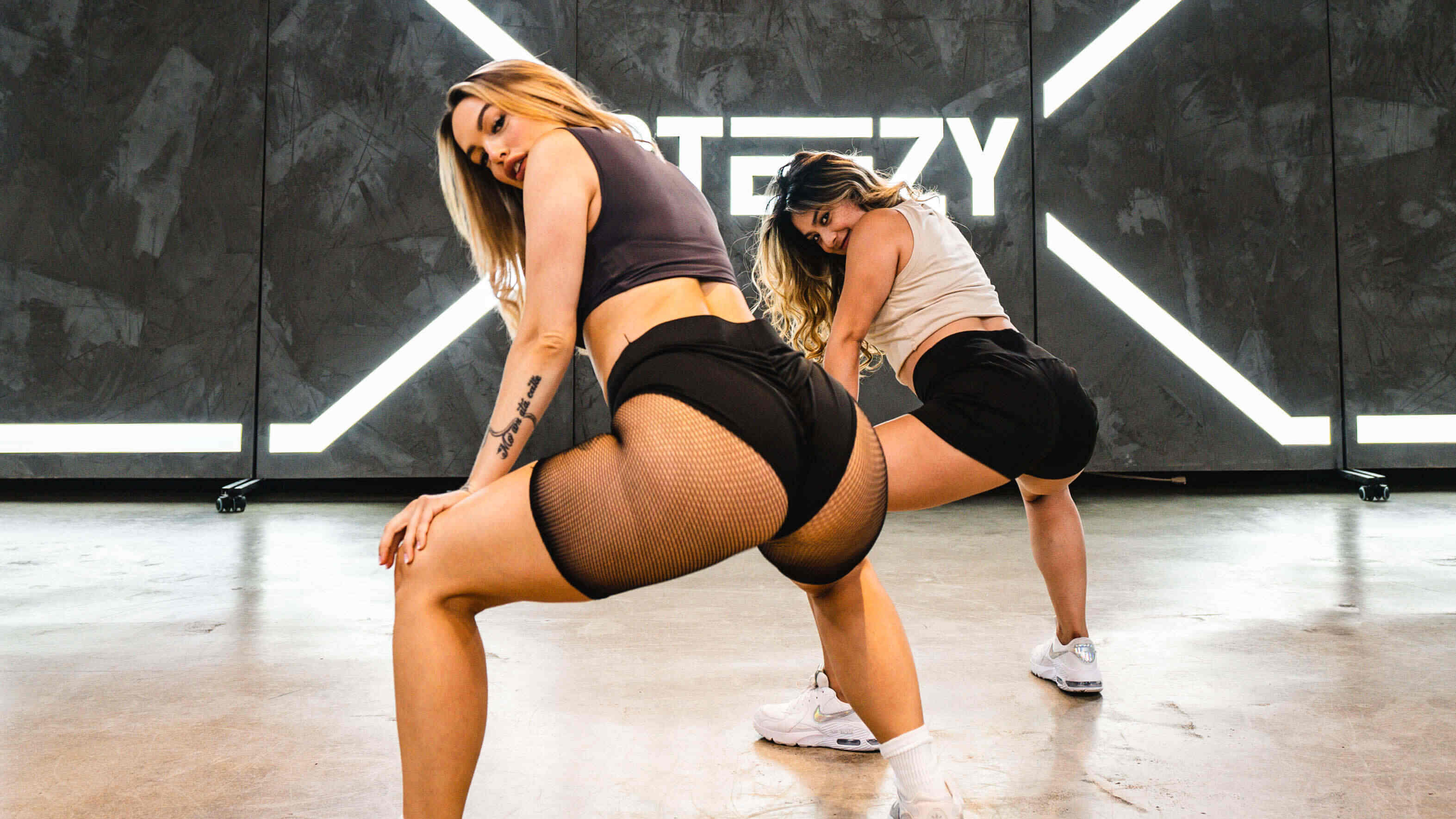
Twerking has become a cultural phenomenon, captivating audiences worldwide with its energetic and rhythmic movements. This dance style, characterized by rapid hip thrusts and shaking of the buttocks, has garnered widespread attention in the realm of popular culture. While often associated with contemporary music and entertainment, twerking has a rich history and cultural significance that extends beyond its modern-day portrayal. In this article, we will delve into the intriguing world of twerking, exploring its origins, evolution, and impact on the performing arts landscape. From its roots in African and Caribbean dance traditions to its mainstream presence in music videos and live performances, twerking has sparked discussions about body positivity, artistic expression, and societal perceptions of dance. Join us as we uncover nine fascinating facts about twerking, shedding light on this dynamic and vibrant form of movement artistry.
Key Takeaways:
- Twerking, a high-energy dance style, originated in the 1990s and gained mainstream popularity in the early 2000s within hip-hop and rap music scenes. It requires skill, coordination, and physical fitness, and continues to inspire diverse dance communities and workshops.
- Twerking has faced controversy and criticism but has been popularized by influential artists and performers, reaching a global audience through social media and viral trends. It continues to influence contemporary dance and performance art on a global scale.
Twerking is a Dance Style That Originated in the 1990s
Twerking is a dance style that originated in the 1990s, characterized by rapid, rhythmic hip movements and a low, squatting stance. This energetic dance form has its roots in various African dance traditions and has evolved over the years to become a prominent feature in contemporary dance culture.
Twerking Gained Mainstream Popularity in the Early 2000s
Twerking gained mainstream popularity in the early 2000s, particularly within the hip-hop and rap music scenes. It became a prominent feature in music videos and live performances, captivating audiences with its dynamic and expressive movements.
Twerking Involves Isolating and Articulating the Lower Body
Twerking involves isolating and articulating movements of the lower body, particularly the hips and buttocks. Dancers often perform rapid and rhythmic movements, creating a visually captivating and high-energy performance.
Twerking Has Faced Controversy and Criticism
Twerking has faced controversy and criticism due to its explicit and provocative nature. Some argue that it perpetuates objectification and hypersexualization, while others view it as a form of empowerment and self-expression.
Twerking Has Been Popularized by Influential Artists and Performers
Twerking has been popularized by influential artists and performers, who have incorporated the dance style into their music videos and live shows. This has contributed to its widespread recognition and influence in popular culture.
Twerking Has Evolved Through Social Media and Viral Trends
Twerking has evolved through social media and viral trends, with countless videos showcasing individuals and groups performing the dance style. This digital platform has propelled twerking into the global spotlight, reaching a diverse and expansive audience.
Twerking Requires Skill, Coordination, and Physical Fitness
Twerking requires skill, coordination, and physical fitness to execute the intricate and dynamic movements with precision and control. It demands a strong connection to rhythm and music, as well as a deep understanding of body movement and expression.
Twerking Has Inspired Diverse Dance Communities and Workshops
Twerking has inspired diverse dance communities and workshops, where enthusiasts can learn and practice the art form in a supportive and inclusive environment. These spaces foster creativity, self-confidence, and a sense of community among participants.
Twerking Continues to Influence Contemporary Dance and Performance Art
Twerking continues to influence contemporary dance and performance art, transcending cultural boundaries and inspiring new generations of dancers and choreographers. Its impact on the global dance landscape remains significant and enduring.
Twerking, a dance style that originated in the 1990s, has gained mainstream popularity in the early 2000s, particularly within the hip-hop and rap music scenes. It involves rapid, rhythmic hip movements and a low, squatting stance, showcasing the dancer's skill, coordination, and physical fitness. Despite facing controversy and criticism, twerking has been popularized by influential artists and performers, propelling it into the global spotlight through social media and viral trends. This dynamic dance form continues to inspire diverse dance communities and workshops, while influencing contemporary dance and performance art on a global scale.
Conclusion
Twerking has evolved from its origins in African and Caribbean dance traditions to become a global cultural phenomenon. Its impact on popular culture, music, and dance cannot be overstated. As a dance form, twerking has sparked discussions about body positivity, gender expression, and artistic freedom. It continues to inspire creativity and ignite conversations about the intersection of dance, music, and society. Whether celebrated as a form of self-expression or critiqued for its perceived controversies, twerking remains a captivating and influential aspect of contemporary performing arts.
FAQs
What is the origin of twerking?Twerking originated from traditional African and Caribbean dance movements and has evolved over time to become a prominent dance style in contemporary culture.
Is twerking considered a legitimate form of dance?Yes, twerking is recognized as a legitimate form of dance that requires skill, coordination, and rhythm. It has gained popularity in various dance communities and is often featured in music videos and live performances.
Was this page helpful?
Our commitment to delivering trustworthy and engaging content is at the heart of what we do. Each fact on our site is contributed by real users like you, bringing a wealth of diverse insights and information. To ensure the highest standards of accuracy and reliability, our dedicated editors meticulously review each submission. This process guarantees that the facts we share are not only fascinating but also credible. Trust in our commitment to quality and authenticity as you explore and learn with us.
